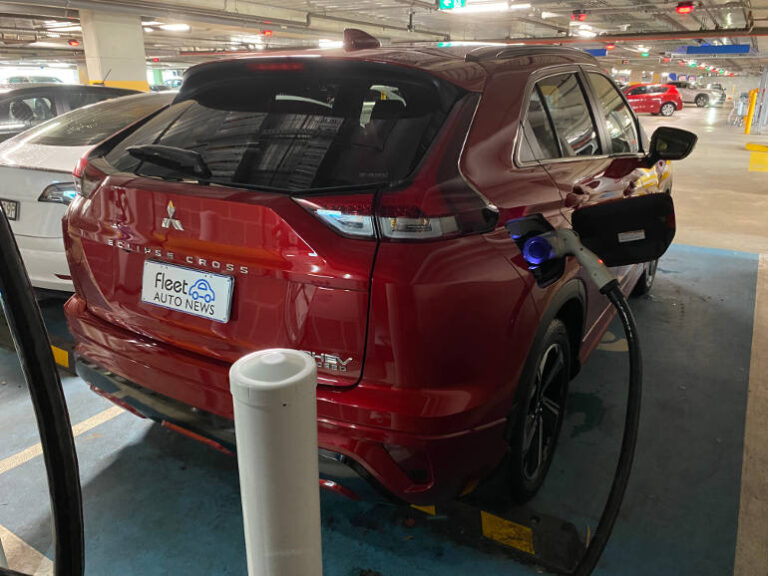The latest VFACTS new car sales results for January 2024 showed a surge in deliveries of Plug-in Hybrid (PHEV) vehicles. Compared to January 2023 it was only an additional 542 vehicles and was similar to last year’s monthly average of 934 vehicles which was helped as the year progressed.
Mitsubishi created the local market for PHEV when they launched the Outlander and followed with the Eclipse Cross. Now, with the help of the FBT Exemption, fleet buyers are realising the potential of PHEVs to reduce their CO2 emissions and become a stepping stone in the EV transition.
With the increase in demand, many fleet and novated buyers may miss the 31st March 2025 delivery deadline to qualify for the FBT Exemption if supply isn’t increased.
Speaking to Fleet News Group at the launch of the new-gen Triton, Oliver Mann, General Manager Product and Marketing at Mitsubishi Motors Australia, explained that the true market demand for PHEV hasn’t been fully realised.
“I think we look at PHEV from more of a helicopter view, we think that the drive train itself is the right solution as we transition into electrification so we don’t see demand for PHEV falling away due to that exemption,” explained Mann.
“In our experience, there’s only growing interest in plug-in hybrid, and that’s both the case for Outlander PHEV and Eclipse cross PHEV, which has also done really well in the last six months or so.”
“The struggle honestly has been supply. So we’ve probably, not yet, got a really clear picture of what free supply and therefore a free market offering looks like what it actually looks like in terms of the cars we can deliver. We are seeing demand continually growing.”
There is hope for Fleet Managers planning to order Mitsubishi PHEVs because global demand has been high, and there’s plans to increase factory production which will be confirmed once the annual negotiations on supply and sales budgets have been finalised.
“We tend to run in financial years in terms of supply, or having a picture of supply. So we plan out for the year and estimate what we think demand will be,” explained Mann.
“Having said that, with plug-in hybrid, global demand has been so far in excess of the intitial production capacity so the request on the factory has been to ramp up production and we’ll take as much as we can get. And we’ve seen growth in that supply coming to Australia.”
“And I guess we’re anticipating demand, and therefore our requests on the factory for the next financial year, and part of the planning that we’re doing right now with negotiations to secure it, hopefully will bring considerably more PHEV into Australia next.”
According to the ATO website, from 1 April 2025, a plug-in hybrid electric vehicle will not be considered a zero or low emissions vehicle under FBT law. However, you can continue to apply the exemption if both the following requirements are met:
1) Use of the plug-in hybrid electric vehicle was exempt before 1 April 2025.
2) You have a financially binding commitment to continue providing private use of the vehicle on and after 1 April 2025. For this purpose, any optional extension of the agreement is not considered binding






